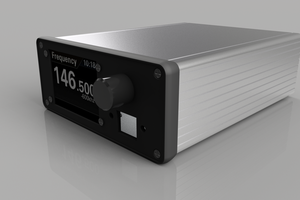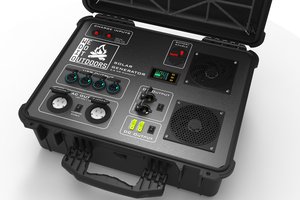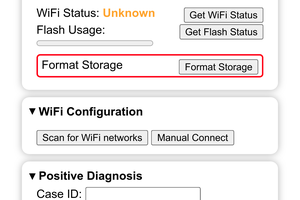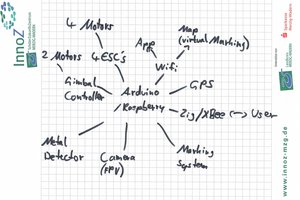If you've been following my $50 Ham series, you've probably seen my article on checking out the local repeater scene. In it, I describe exactly what a repeater is and how it allows users of low-power VHF and UHF radios to communicate far beyond line-of-sight using them.
This will not be one of those repeaters.
The idea of this build is a simplex repeater. A normal repeater is a largish affair with a powerful transmitter and receiver working at different frequencies but using the same antenna thanks to a device called a duplexer. A simplex repeater is a "store and forward" device, where a transceiver is set to listen on a single frequency, digitally record whatever it hears, and replay the audio clip over the same frequency. It requires a little patience to use, but it's far simpler and much cheaper to build, to the point where you could almost consider it disposable.
Simplex repeaters are not used often so the market for them is small, but there are still commercially available devices out there. But why buy when you can build? My simplex repeater will be based around a cheap Baofeng handy-talkie (HT) as the transceiver along with a simple antenna like a Slim Jim or a J-pole - more on antennas later. The repeater itself will be centered around an ESP32, not for its Bluetooth and WiFi capabilities (although that might make for a handy administrative interface) but for its large memory and its ADCs and DACs. Features will include:
- Store and forward 30-60 second messages
- CTCSS support
- DTMF remote programming
- Automatic station identification (Morse and/or voice clip)
- Battery powered with solar charging
- Telemetry reports on demand - site temperature, battery condition, solar panel output, etc.
- Weather-proof enclosure for tactical deployment
When this thing is done I'll be testing it with a buddy of mine. We'll hike up into the mountains that block the direct LOS between our houses - only about 20 miles apart - and deploy the repeater, then see if we can chat back and forth. Hopefully we'll be able to leave it up there unmolested, but that's not really the point. This is just a proof of concept and a fun project that I've been wanting to do for a while.
 Dan Maloney
Dan Maloney
 Patrick McDonnell
Patrick McDonnell
 Philip Ian Haasnoot
Philip Ian Haasnoot
 Shranav Palakurthi
Shranav Palakurthi